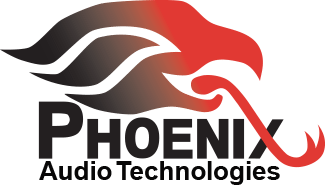The move towards PC-based unified collaboration applications, like Skype 4 Business and Google CFM, as well as VCaaS offerings from Zoom, Blue Jeans, etc is transforming the workplace and meeting spaces. The pervasive nature of video conferencing means it is available from every employee’s laptop or PC. Collaboration environments can be affordably implemented in meeting rooms that were previously excluded due to the high cost of traditional video conference codecs.
Corporations seek a unified communications platform across the whole enterprise from the desktop to the boardroom. Ironically, the challenge facing corporations today is how they can upgrade their larger meeting rooms and boardrooms to incorporate these new collaboration technologies, and how to justify the cost.
The main challenge for using a PC-based application in these larger meeting rooms is the audio. Generally, USB speakerphones do not have the capacity to provide full audio coverage for these rooms (with the exception of Phoenix Audio Technologies’ Spider product range). On the other hand, these rooms were highly invested in with installed audio including ceiling microphones and speakers which often connected directly to the codec, which in turn, included the necessary audio processing functionality.
Stingray Smart Mixer
Stingray is Phoenix Audio’s new revolutionary cost-effective Audio Conference Mixer for room collaboration environments. It enables corporations to utilize their existing installed audio, microphones, and speakers, with the same collaboration software that they use in the rest of their organization, thus protecting their investment.
Set-up couldn’t be easier. The installed microphones and speakers connect directly to the Stingray, reducing installation and material costs significantly. No need for additional amplifier as the Stingray has a power amp included. The PC running the collaboration software connects directly to the Stingray via USB. Configuration is done via the LAN or directly on the front panel, and the complexity that is inherent on most DSPs, and that requires a skilled (read: expensive) senior engineer to configure has been replaced by a simple, intuitive web interface.
In addition to the PC, Stingray also has provision for the existing VC Codec to be connected, enabling a smooth transition from one platform to another. You can even connect the Stingray to the VoIP telephone line and use the installed audio for SIP telephone calls.
Stingray uses Phoenix Audio’s proprietary DSP to provide all the audio processing functionality, including beamforming, to ensure high quality audio pick-up, noise cancellation, echo cancellation and de-reverb.
Finally, there is a high quality, cost-effective solution to bring together unified collaboration and VCaaS in the boardroom.





